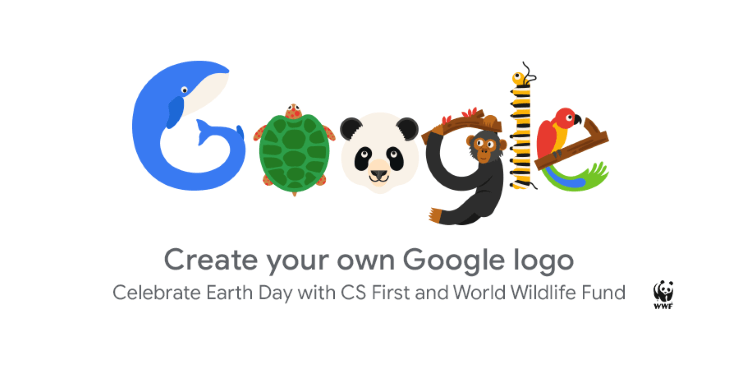What Does a Zebra Sound Like? Ask Google
The animal kingdom’s symphony is as diverse as the creatures themselves, each species contributing a unique sound to the cacophony of nature. Zebras, those iconic striped equids, hold a certain enigmatic allure. Have you ever wondered, “What does a zebra sound like?” This essay delves into the intriguing world of zebra vocalizations and the role that Google plays in providing answers that connect us with the wildlife symphony.
Zebras: Striped Wonders of the Savanna
1. Zebra Diversity: Zebras, though visually similar, are represented by three species: the plains zebra, Grevy’s zebra, and the mountain zebra.
2. Social Nature: Zebras are known for their social behavior, often congregating in herds that provide safety in numbers.
The Melodic Language of Zebras
1. Vocal Repertoire: Zebras communicate through various vocalizations, including braying, barking, snorting, and a distinctive high-pitched call known as “whickering.”
2. Intra-Herd Communication: Zebras employ these sounds to convey emotions, alert others to danger, establish territory, and maintain cohesion within the herd.
The Curious Question: “What Does a Zebra Sound Like?”
1. Google’s Role as a Gateway: Google’s search engine serves as a gateway to information, answering queries about the enigmatic vocalizations of zebras.
2. Accessing Wildlife Sounds: Google allows users to explore audio recordings of zebra vocalizations, capturing the essence of these animals’ communication.
Unlocking the Auditory Archive: Online Resources
1. Wildlife Sound Databases: Online platforms like the Macaulay Library at the Cornell Lab of Ornithology house a treasure trove of wildlife sounds, including those of zebras.
2. Educational Portals: Websites and educational institutions curate and share zebra vocalizations to enhance our understanding of these remarkable creatures.
The Evolution of Zebra Sound Research
1. Scientific Curiosity: Researchers have delved into the world of zebra vocalizations, studying their context, variations, and meanings.
2. Technology’s Impact: Advancements in audio recording technology and analytical tools have expanded our ability to capture and study zebra sounds.
Interpreting Zebra Sounds: Communication and Beyond
1. Communication Dynamics: Zebra vocalizations unveil a world of communication intricacies within the herd, reflecting social bonds and behavioral cues.
2. Environmental Clues: Beyond communication, zebra sounds offer insights into their environment, helping us understand the auditory landscape of their habitats.
Cultivating Nature Appreciation and Conservation
1. Empathy Through Sound: Hearing zebra sounds fosters empathy and connection with these creatures, highlighting the importance of wildlife conservation.
2. Inspiring Future Naturalists: The accessibility of zebra vocalizations through Google and online resources encourages curiosity among future generations.
As we ponder the question, “What does a zebra sound like?” We are reminded of the intricate connections that bind us to the natural world. Google’s role in providing access to zebra vocalizations amplifies our understanding of these creatures’ communication and the symphony of the savanna. By opening the auditory gateway to nature’s melodies, we can embrace the beauty, complexity, and fragility of the animal kingdom, inspiring us to cherish and conserve the wildlife that shares our planet.
No comments yet.





